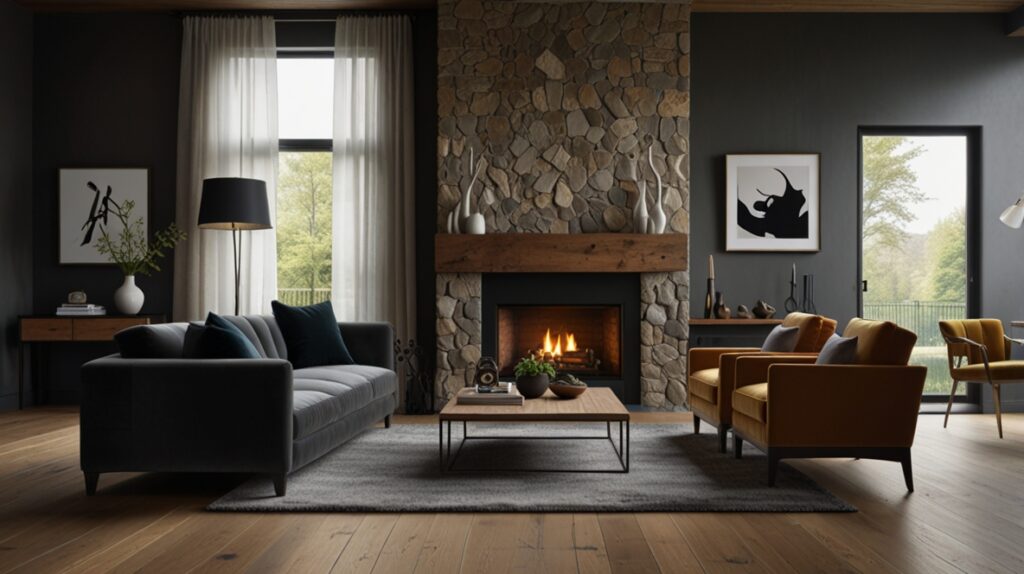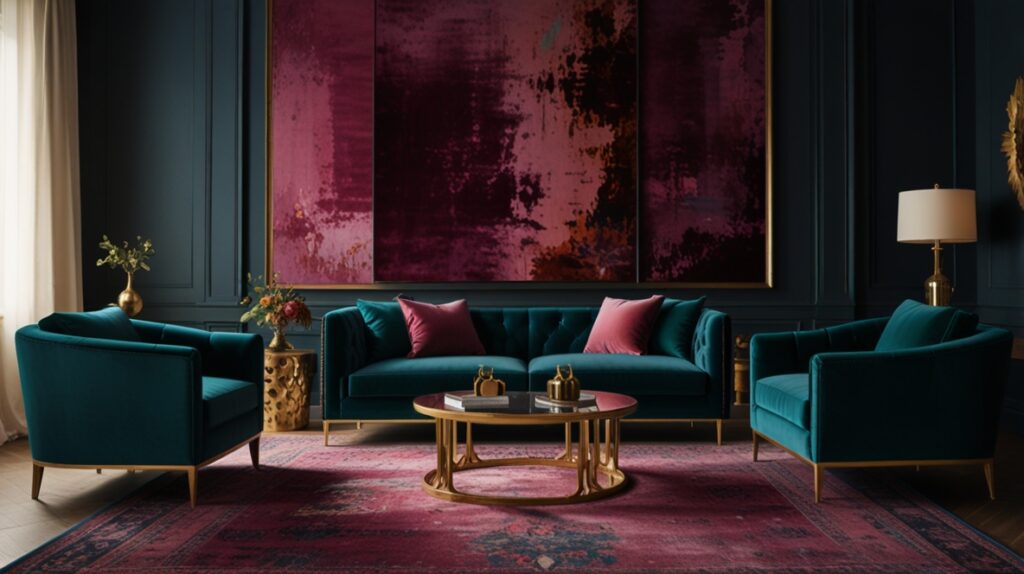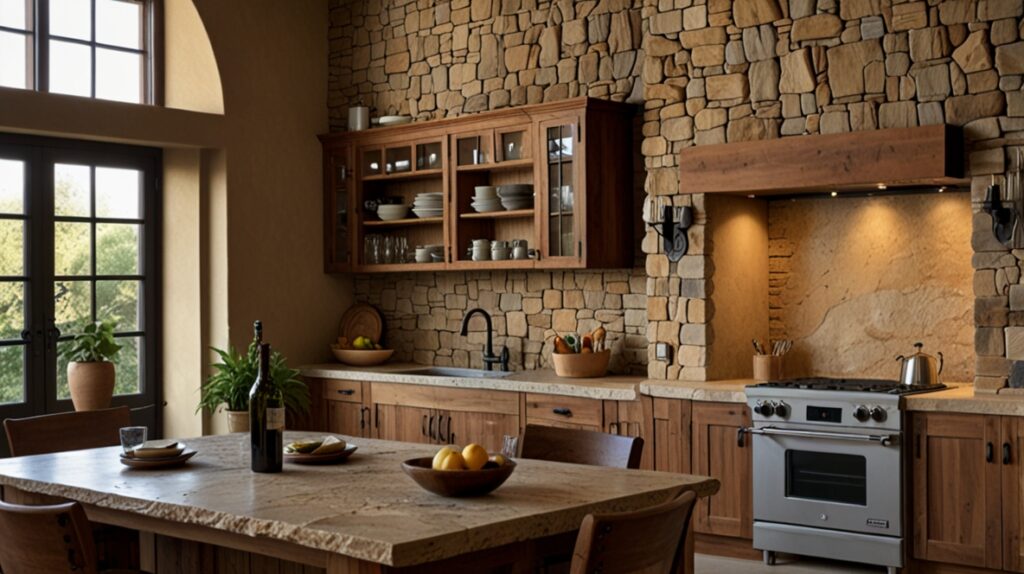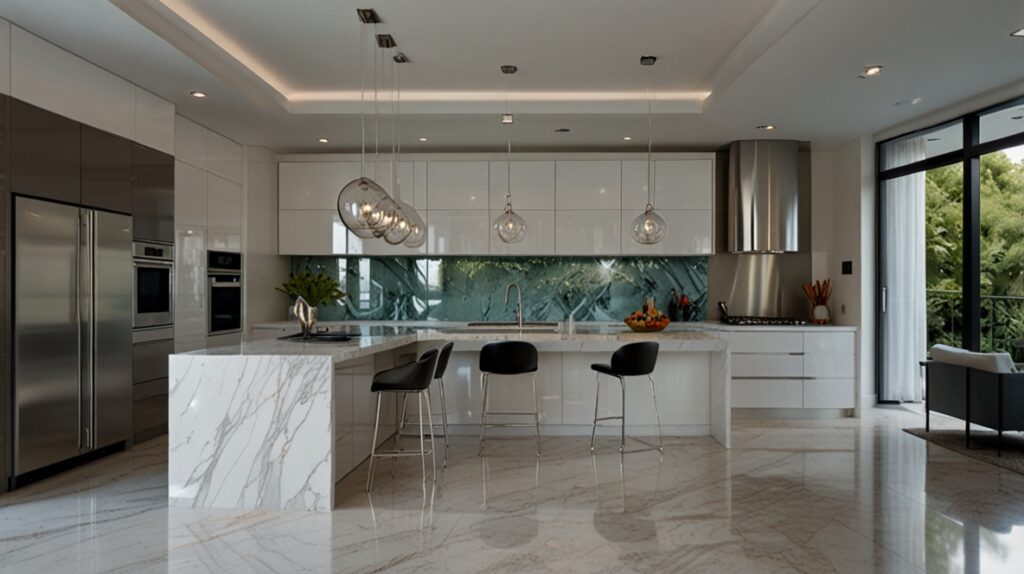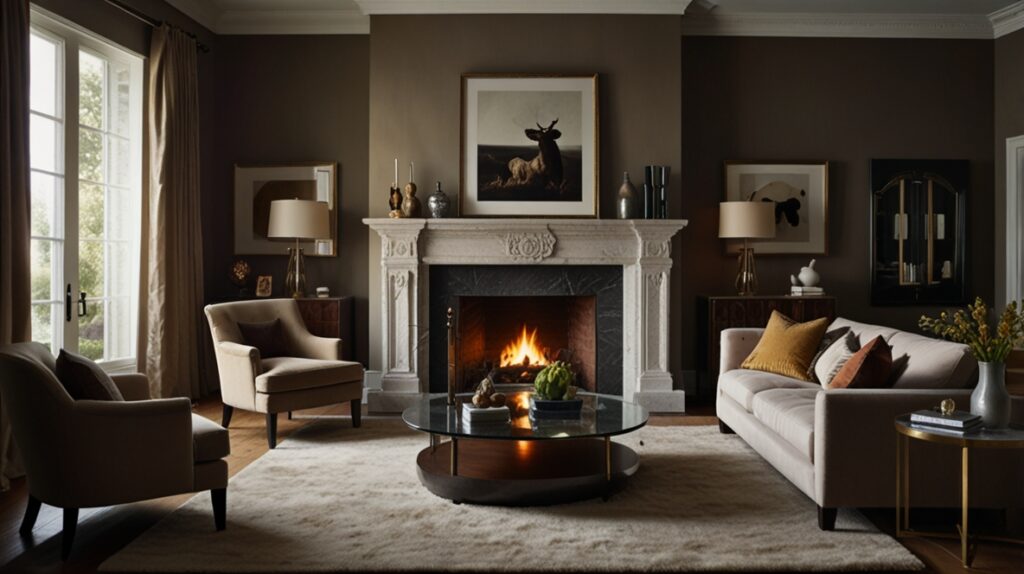When it comes to interior design, texture is often the unsung hero. While color and design are often the first things that come to mind, texture plays an important role in creating depth, interest and richness in a room The right combination of textures can transform a space from mundane going to the exceptional, adding layers of complexity and saying that engage the senses and elevate the whole system
The importance of texture in Interior Design
Texture refers to the appearance of the surface—whether it is smooth, smooth, smooth, or firm. It can affect how a room feels both physically and mentally, and can evoke different emotions depending on how it is used. For example, a room filled with soft, luxurious materials like velvet can feel warm and inviting, while a space with soft stone surfaces can give it a rustic, largely of the earth
Different textures can be used in the same area to create a dynamic and balanced environment. By mixing textures you can add visual weight to areas of the room, highlight specific design elements, and create contrasts that make the space more interesting
Velvet Upholstery is the Ultimate Luxury
Velvet is a texture synonymous with richness. Its sleek, sleek surfaces create a sense of luxury in any room, making it a popular decorator. Whether used on a sofa, chair, or throw pillow, velvet instantly elevates the look of the space, adding depth and a touch of sophistication
The tactility of velvet goes beyond the visual; it’s also incredibly comfortable. The texture of the fabric invites comfort, making it ideal for living rooms and bedrooms where comfort is paramount.
Rough Stone Surfaces: Embracing Rustic Charm
Solid stone surfaces bring natural beauty to the interior spaces. Whether used as a feature wall, floor, or countertop, stone adds texture and depth, creating a connection to the natural world This texture works especially well in spaces that have a seemingly organic, more earthy, such as a kitchen, bathroom, or living area with a rustic design plan
The beauty of stone comes from its imperfections—the smoothness, the variety of tones, and the natural patterns that make each piece unique. This texture can balance the soft, smooth elements of the interior, and add some bold elements to ground the design.
Smooth, Glossy Finishes: Modern and Sleek
In contrast to soft velvet and smooth stone, the smooth, glossy finish adds a modern touch to the interior. These elements reflect light, making the space feel larger and more open. Glossy finishes are often found in modern kitchens, bathrooms and minimalist living spaces, where they add a sleek and sophisticated look.
Lacquered wood, polished marble, mirrors and other shiny finishes are perfect for a clean, simple aesthetic. This texture works best in areas that prefer softness and elegance, providing a great contrast to heavily textured, matte surfaces.
Layering Textures for a Sophisticated Look
One of the most effective ways to create an attractive and sophisticated space is with textures. This style combines different textures in a room to add depth, interest and complexity. For example, the living room may have a combination of a velvet sofa, a leather rug, a glass coffee table and a stone fireplace, each contributing a unique touch that enhances the overall design
Layering textures allows you to play with contrasts—soft and hard, matte and glossy, smooth and rough—to create a more dynamic and interesting space. This technique is especially effective in larger apartments, where it helps to break up the space and make it feel more intimate and inviting.
